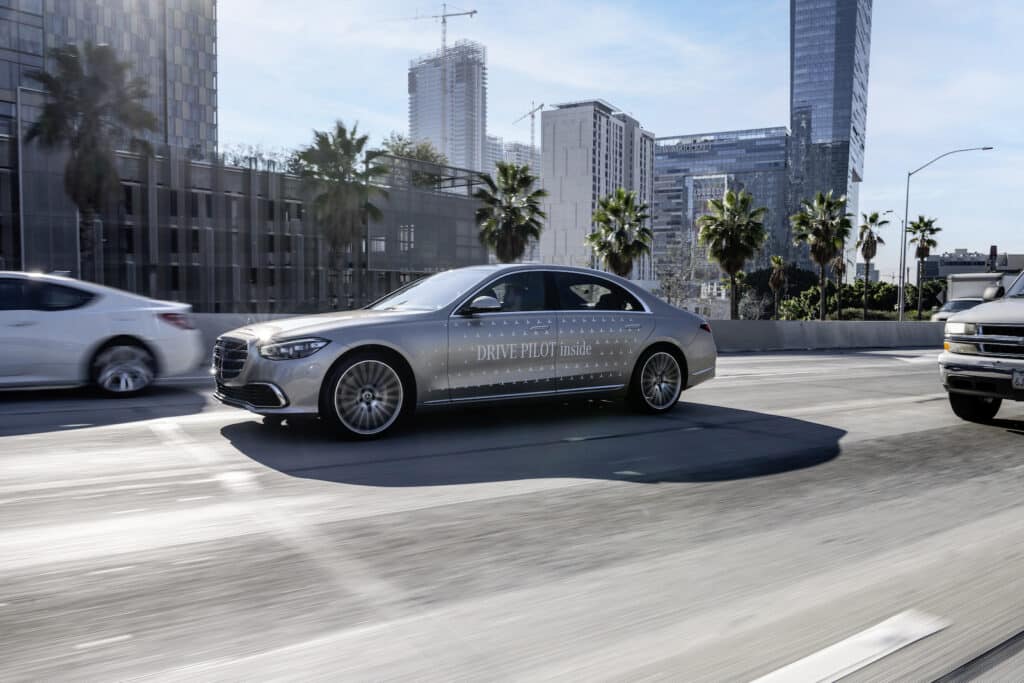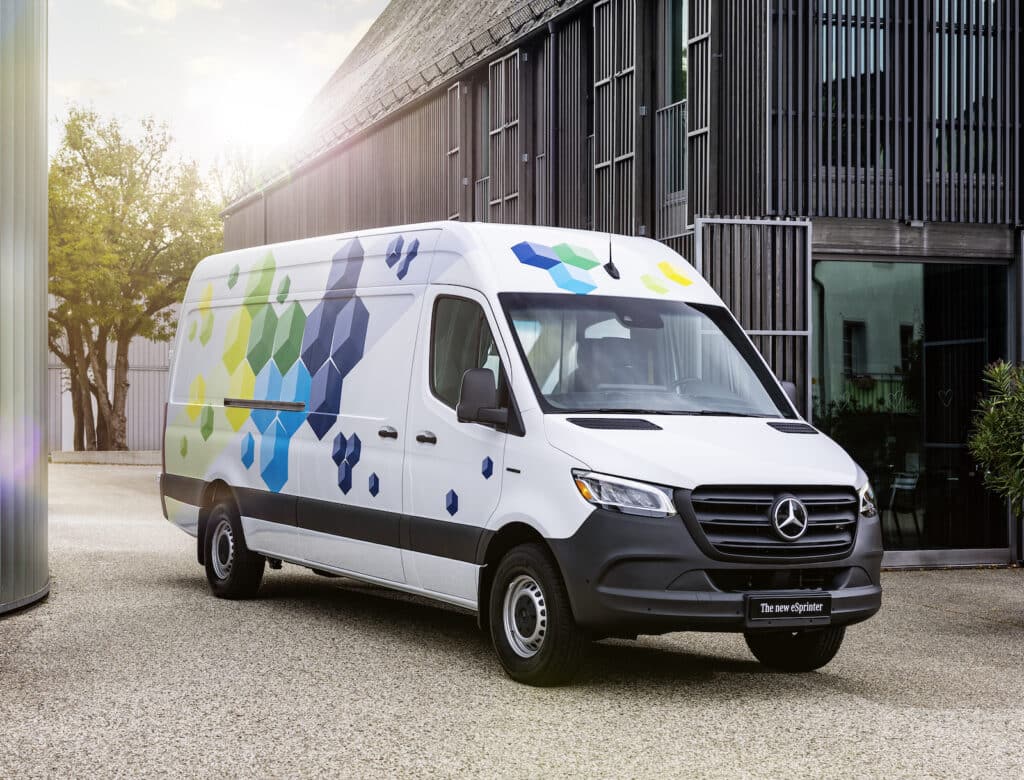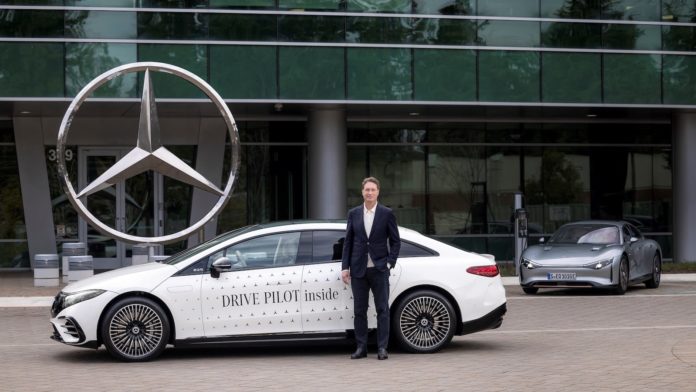Luxury and technology are nearly interchangeable terms in the automotive world, and Mercedes-Benz strengthened that perception Wednesday, announcing deals with tech giant Google and lidar sensor producer Luminar.
The deal with Luminar, which produces self-driving sensors for lidar systems used by several automakers, expanded an existing partnership, developed two years ago. The new deal reportedly ensures the German automaker will get the technology it needs to ensure its next-gen vehicles are capable of fully automated driving.
Luminar will produce the lidar systems, which use laser light pulses to measure the distance between the sensor and an object, for the German automaker. Aside from Tesla Inc., most automakers pursuing full self-driving technology use lidar as part of a multifaceted approach to Level 4 and Level 5 autonomous driving.
Mercedes was approved last year in Germany to implement its Level 3 self-driving tech, and it is in the testing phase in the U.S.
“In a first step we have introduced a Level 3 system in our top line models. Next, we want to implement advanced automated driving features in a broader scale within our portfolio,” said Markus Schäfer, member of the Board of Management of Mercedes Benz Group AG and chief technology officer, Development & Procurement, in a statement.
“I am convinced that Luminar is a great partner to help realize our vision and roadmap for automated and accident-free driving.”

Running with the big dog
If you’re going to let the car drive itself, ensuring it has the maps and other data needed to get to its destinations safely is mission critical. Mercedes’ announced partnership with Google should make that possible. Mercedes-Benz will be the first automaker to build its own branded navigation experience based on new in-car data and navigation capabilities from Google Maps Platform.
With the deal, the automaker gains access to Google’s geospatial offering, including detailed information about places, real-time and predictive traffic information, automatic rerouting and more. All of it will be embedded in Mercedes-Benz Operating System (MB.OS), which was also announced Wednesday.
While the technology will be branded “Mercedes-Benz” it is completely supported by Google, offering customers the opportunity to use technology for navigation and infotainment, in a way that they will be comfortable with.
To help enrich the user experience, the companies will bring the YouTube app into the Mercedes-Benz infotainment system. In addition, Mercedes-Benz will use Google Maps data to enable assisted driving features such as automatic speed adjustments before intersections, roundabouts or curves.

“We invite only the very best partners to enhance our operating system and to add to the Mercedes-Benz customer experience,” said Ola Källenius, Chief Executive Officer, Mercedes-Benz, in a statement. “Google has been a leader in maps and navigation for many years.
“With our strategic partnership, we are excited to create unique services and to elevate the level of convenience for our customers. It will be deeply integrated within our signature Mercedes-Benz user interface and fully connected to relevant vehicle functions like the state-of-charge.”
What do they get?
Starting now, Mercedes owners gain access to Place Details by Google, which offers a slew of detailed information about more than 200 million businesses and places, such as hours of operation, phone numbers, etc.
Not only that, the new system will use artificial intelligence and machine learning from Google Cloud to create, train, and deploy new models at speed and enhance customer experiences. It will also give Mercedes’ fleet users access and the ability analyze fleet data, something Ford Motor Co. is doing with success through its new Ford Pro technology.
Mercedes-Benz plans to use Google’s open infrastructure to securely innovate and scale from on-premises, to edge, to cloud, across Mercedes-Benz’s current technology landscape.

